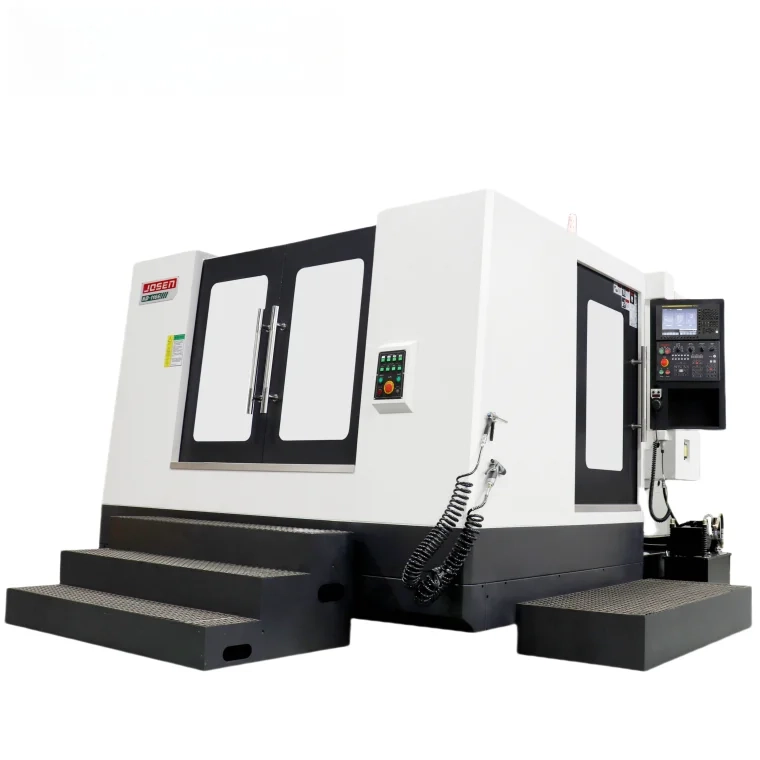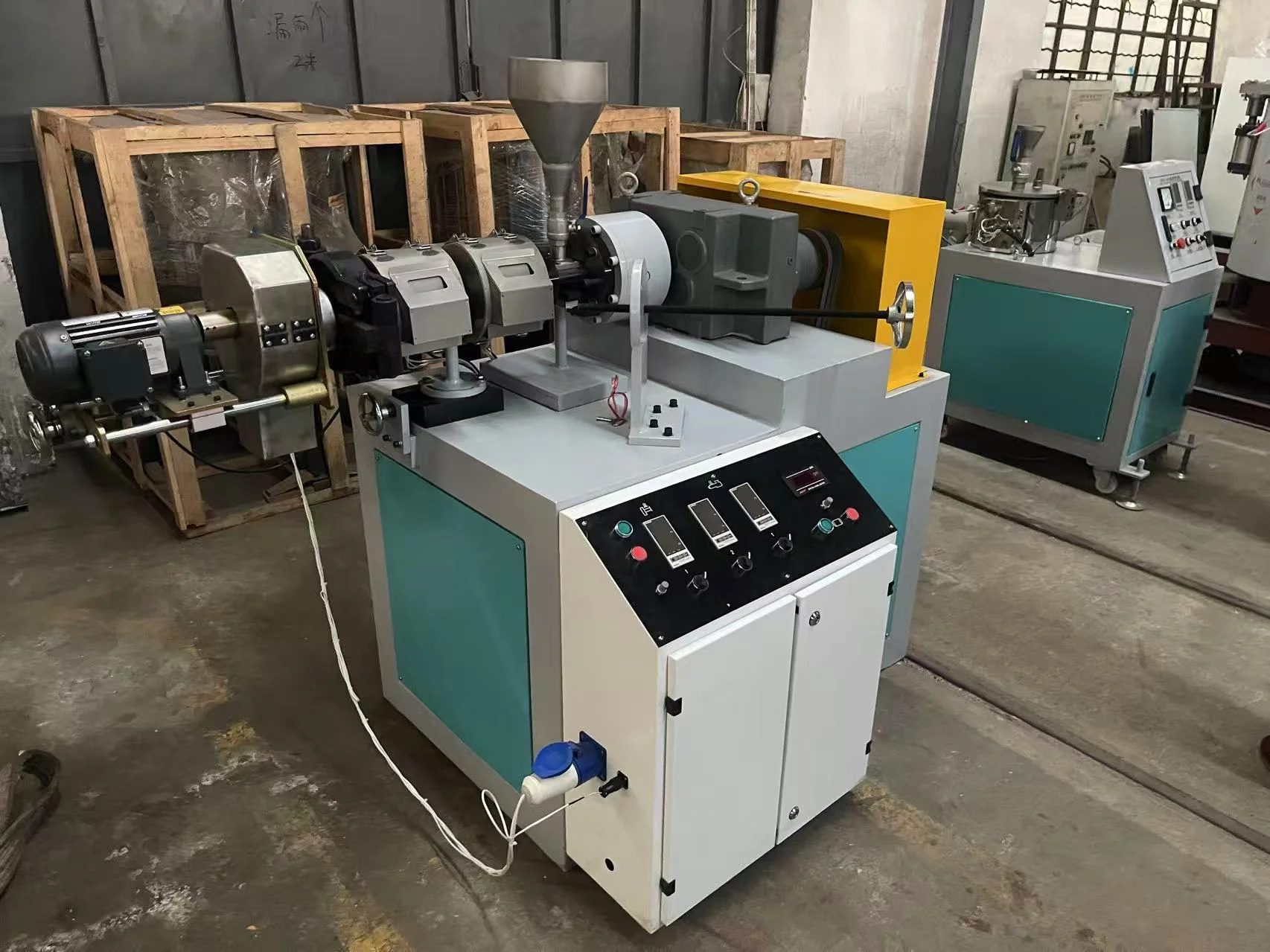Drop ceiling tiles, also known as suspended ceiling tiles, are a popular choice for both residential and commercial spaces due to their aesthetic appeal and functional benefits. However, one common issue that many property owners encounter is the sagging of these tiles. This phenomenon not only detracts from the visual appeal of a space but can also indicate underlying problems that need to be addressed. In this post, we will explore the various causes of sagging drop ceiling tiles, providing insights that can help homeowners and contractors alike to diagnose and remedy the issue effectively.
- Moisture Intrusion: The Primary Culprit
One of the most prevalent causes of sagging drop ceiling tiles is moisture intrusion. This can occur due to several factors:
- Leaking Roofs or Plumbing: Water leaks from above can saturate ceiling tiles, causing them to lose their structural integrity. This is particularly common in areas where plumbing is present, such as kitchens and bathrooms. Regular inspections of roofs and plumbing systems are essential to prevent such issues.
- High Humidity Levels: In environments with high humidity, such as basements or areas with poor ventilation, moisture can accumulate in the air. This excess moisture can be absorbed by the tiles, leading to sagging over time. Installing dehumidifiers or improving ventilation can mitigate this problem.
- Improper Installation
Another significant factor contributing to sagging drop ceiling tiles is improper installation. Several installation-related issues can lead to this problem:
- Incorrect Tile Size or Weight: Using tiles that are not suited for the grid system can lead to sagging. It is crucial to ensure that the tiles used are compatible with the grid system in terms of size and weight specifications.
- Inadequate Support Structure: The grid system must be properly installed and leveled to support the weight of the tiles. If the grid is not adequately secured or if it has been damaged, it may not provide the necessary support, resulting in sagging tiles.
- Aging and Wear
Like any building material, drop ceiling tiles have a lifespan. Over time, they may become brittle or lose their structural integrity due to:
- Material Degradation: Exposure to environmental factors, such as UV light or temperature fluctuations, can cause tiles to degrade. This is especially true for older tiles made from less durable materials.
- Physical Damage: Tiles can be damaged by impacts, such as heavy objects falling onto them or excessive force during cleaning. Regular maintenance and careful handling can help prolong the life of ceiling tiles.
- Pest Infestation
In some cases, sagging tiles can be a sign of pest infestation. Rodents or insects may nest in the ceiling space, causing damage to the tiles or the supporting grid. Signs of pest activity, such as droppings or gnaw marks, should be investigated promptly to prevent further damage.
- Temperature Fluctuations
Temperature changes can also affect the integrity of drop ceiling tiles. In environments where heating and cooling systems are inconsistent, tiles may expand and contract, leading to warping and sagging. Ensuring that HVAC systems are functioning properly and maintaining a consistent temperature can help mitigate this issue.
Conclusion: Addressing the Issue of Sagging Ceiling Tiles
Understanding the causes of sagging drop ceiling tiles is crucial for effective maintenance and repair. Homeowners and contractors should regularly inspect ceiling tiles for signs of moisture, damage, or pest activity. If sagging occurs, it is essential to identify the root cause and address it promptly to prevent further deterioration.




More Stories
High-Temperature Industrial Auto Paint Booth for Precision Finishing
Precision That Builds Quality: Advancing High-Accuracy Admixture Proportioning Scales
5 Creative Uses for Single Wire Hooks in Everyday Life